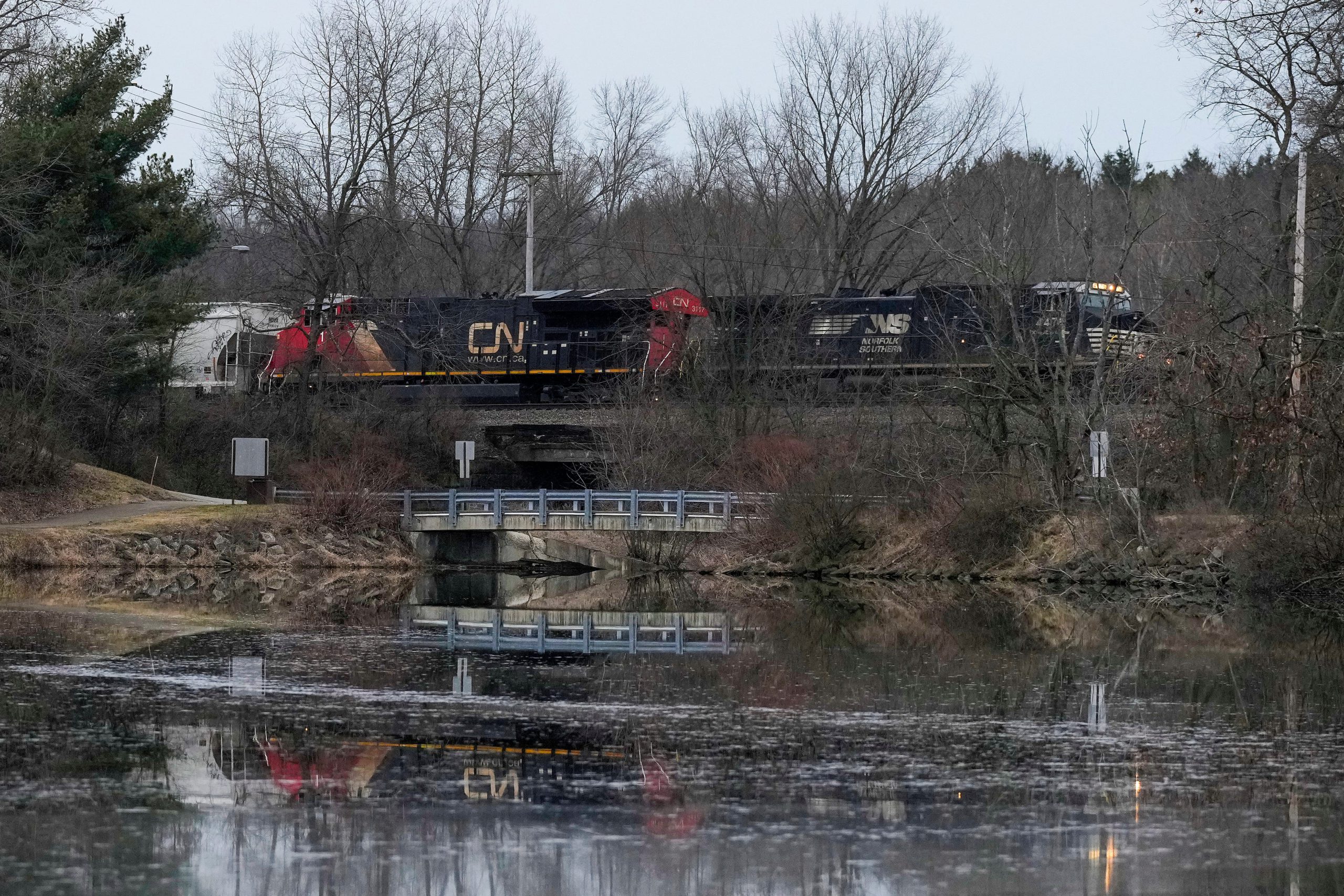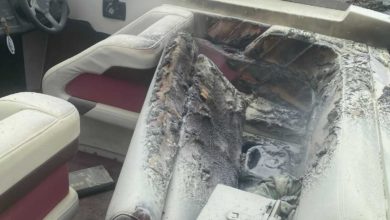

Officials say the chemical plume of butyl acrylate that leaked into the Ohio River after the train derailment in East Palestine will likely arrive in the Cincinnati area sometime this weekend.
It is expected to reach the area near Greater Cincinnati Water Works' Ohio River intake late Saturday night or early Sunday morning, the utility said in a Thursday afternoon Facebook post.
The utility says it has tested roughly 127 water samples since the derailment on Feb. 3 through Thursday and "no detectable levels of the chemicals have been found."
The chemical plume is currently near Gallipolis, Ohio, and will arrive near Huntington, West Virginia, about 150 miles upriver of Cincinnati, sometime on Friday, according to an update from Ohio Gov. Mike DeWine's office.
No vinyl chloride, another chemical carried by several of the train cars which was intentionally burned to avoid an explosion, has been detected in the river, Ohio EPA officials said.
Thursday's rainfall likely sped up the timeline of when the spill is expected to reach Greater Cincinnati.
Coverage of the East Palestine train derailment is being provided for free.Subscribe today to support local journalism and access all of our content online.
Until the rain hit, the chemicals had been traveling down the Ohio River at about 25 miles per day, said Richard Harrison, executive director of the Ohio River Valley Water Sanitary Commission, a primarily scientific organization that monitors for pollution in the Ohio River Basin.
"The rain has a significant impact," Harrison told The Enquirer. "As the river rises, the flow rises dramatically and the velocity rises."
Butyl acrylate is a compound used in paints, plastics, sealants and other products. The clear, colorless liquid can cause irritation to the eyes, skin and upper respiratory system, along with sensitization dermatitis and difficulty breathing.
Testing results indicate the chemical is currently at a concentration of less than 1 part per billion, far below the 560 parts per billion considered hazardous by the Centers for Disease Control and Prevention, Harrison said.
The chemical is more difficult to contain because it's absorbed by water, the governor's office said. "For this reason, some butyl acrylate slipped beyond mitigation dams and booms and into the Ohio River."
Greater Cincinnati Water Works has said it is believed that low levels of butyl acrylate seeped the Ohio River through a small creek about 300 miles upstream of Cincinnati.
The utility says the chemical spill will likely have zero impact on the drinking water for its 1.1 million customers, as it can shut water intakes in the river for several days and treatment processes can remove the compound.
"Folks are understandably concerned, but here's what we've been told: Southwest Ohio's water is safe to drink," U.S. Rep. Greg Landsman, D-Ohio, said in a release.
Source link









